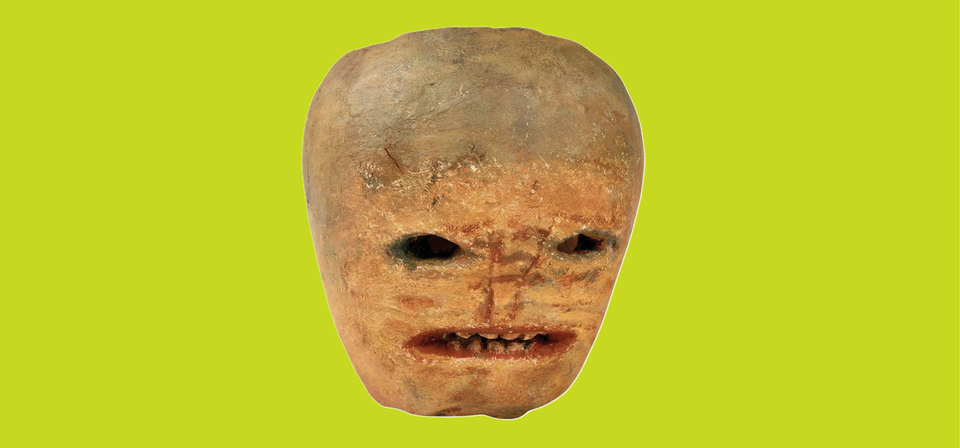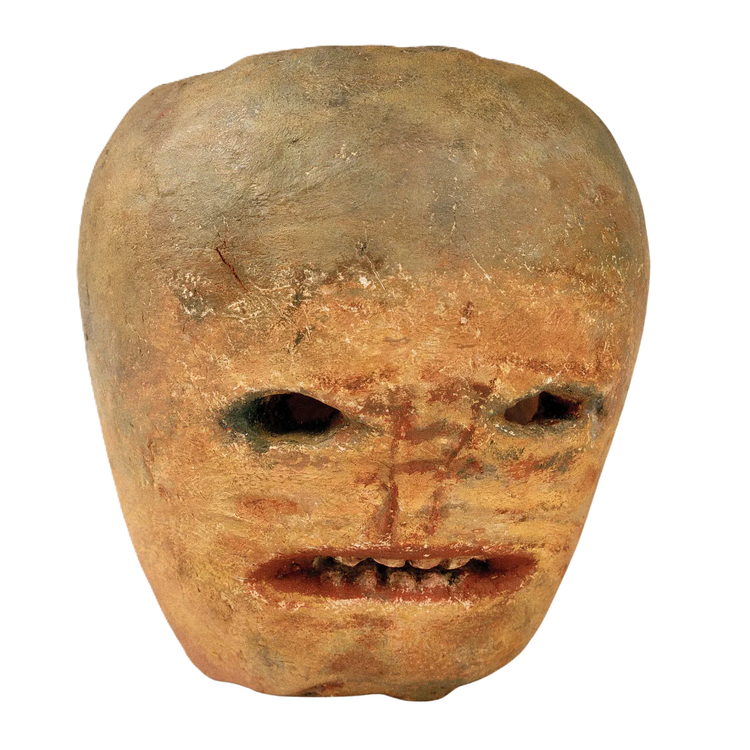The Ancient Roots of Halloween: Samhain in Medieval Literature

The holiday we now know as Halloween—a night of costumes, candy, and the delightful thrill of the macabre—has roots that reach deep into the past. To truly understand its origins, we must look to the ancient Gaelic festival, the liminal moment between summer and winter, between the light half of the year and the dark half of the year. While it’s impossible to trace Samhain back to its origins, medieval texts give us some tantalizing hints about what this day meant in the deep past.
The stories I introduce below are set in Ireland’s mythic past. We know these stories now because they were preserved in manuscripts composed between the 12th and the 14th centuries. There is little doubt that these poems, histories, and legends existed in oral form before they were written down. It’s entirely possible that they contain traces of pre-Christian belief systems and practices. That said, we should not consider these stories pure survivals from Ireland’s pagan past. Historian Elizabeth Boyle says: “We need to think of the literature of medieval Ireland as something more like our modern-day ‘historical fiction.’” This is to say that these accounts of ancient Ireland were written by Christian authors trying to create a version of Ireland’s past that would make sense to—and be compelling for—their contemporaries. It’s useful to remember that what we find in these stories is an amalgam of Christian belief, Classical literature, and Viking religion—all of which were available to medieval Irish chroniclers.
We need to think of the literature of medieval Ireland as something more like our modern-day “historical fiction.”
—Elizabeth Boyle
The tales I introduce below offer a multifaceted picture of Samhain, but common themes emerge. Samhain is a time for gathering together and feasting, for boasting and telling tales, for trading and competition. It’s also a time when the boundary between this world and the otherworld is porous. In some of these stories, great warriors are afraid to venture out at Samhain, and not all who dare survive. This may be what resonates most for those of us who have grown up celebrating Halloween as a night to indulge in the thrill of being afraid.
One thing you will not find in these stories is ghosts—not exactly, anyway. There’s a hanged man who briefly comes back to life in “The Adventure of Nera.” In “The Destruction of Da Derga’s Hostel,” the king of Ireland meets three men who are neither living nor dead. But there are no depictions of ancestor worship or of ghosts roaming the land or returning to their earthly homes. If we must find a category for the red riders on red horses herald the hero’s doom in “The Destruction of Da Derga’s Hostel,” identifying them as aos sí—people of the mounds, the good folk, the good neighbors, the gentry, the other crowd—makes more sense than calling them ghosts. What we see in these stories is that the fairies emerge from underground at Samhain, and that heroes often venture into the fairy realm on this night. (Having said that there are no ghosts in these stories, I will add that the relationship between fairies and the dead… is complicated.)
In these stories, we will discover that Samhain is a time for looking into the future and for facing one’s fate. It’s a time for strange couplings and bloody, world-changing battles. And it may be worth noting that Samhain clearly had not been entirely subsumed by All Hallows’ when Christian monks were recording these stories.
What follows is not an exhaustive compendium of where Samhain appears in medieval Irish literature. It is, however, the product of considerable research. I hope that I’ve offered a useful introduction to Samhain in medieval literature for those who would like to deepen their understanding of the holiday.
I have read these texts in English, and I have used translations that are easily available. I provide a link to the translation I’m using for each text and, when that version isn’t free, I have provided a free alternative. My synopses focus on how Samhain appears in each text. These brief summaries do not do justice to the full texts. If you really want to understand them, the best way is to read them.

